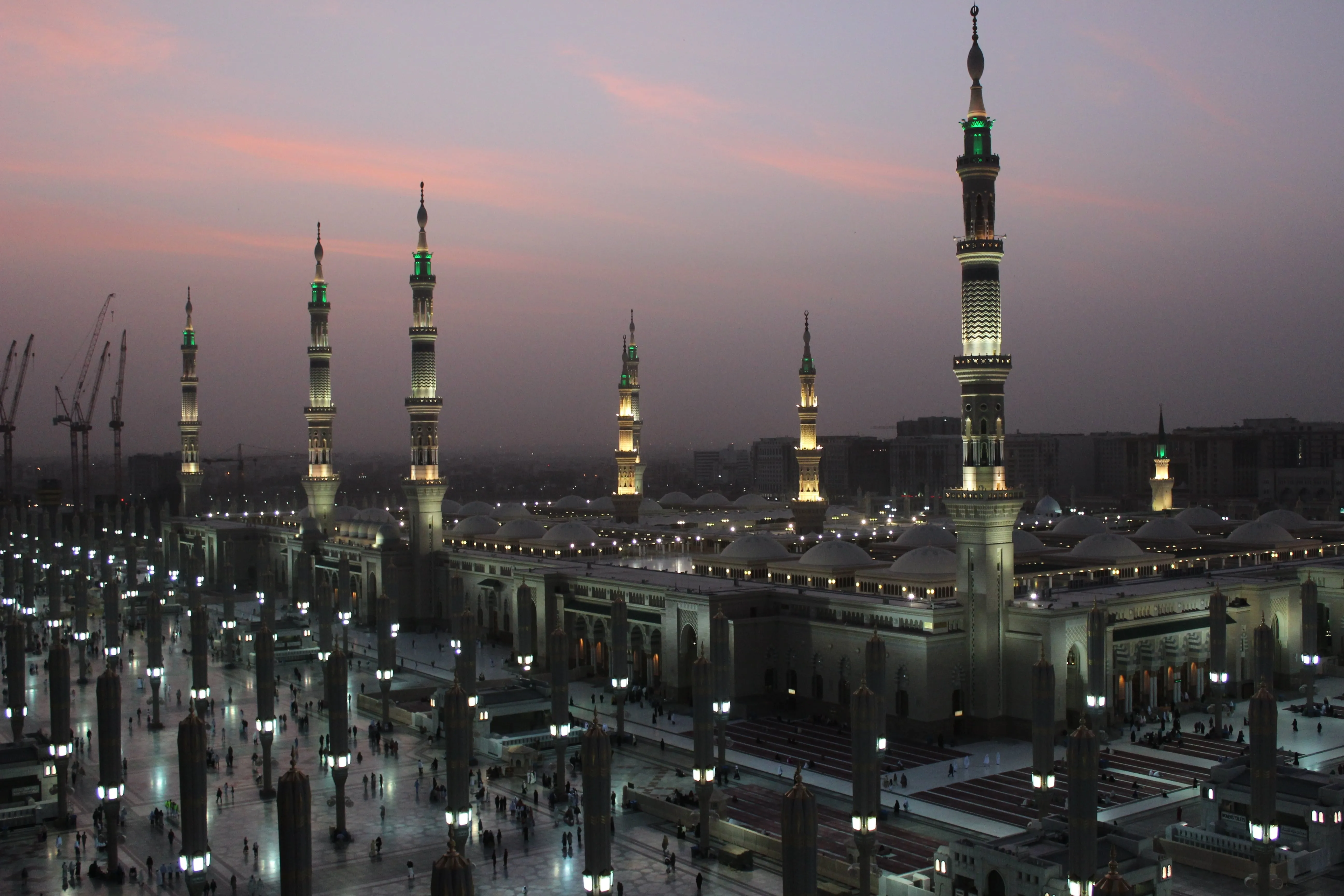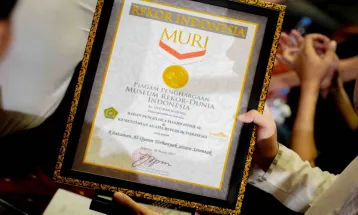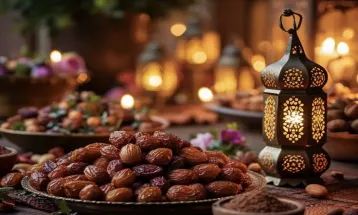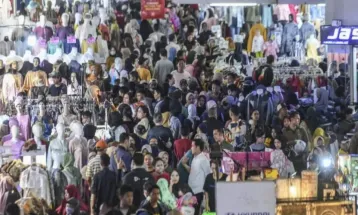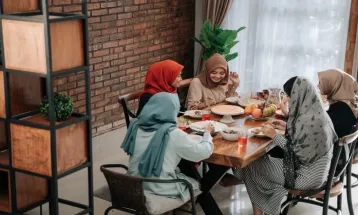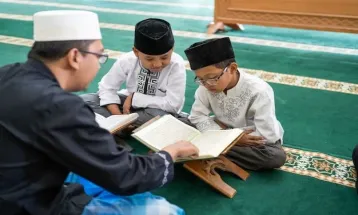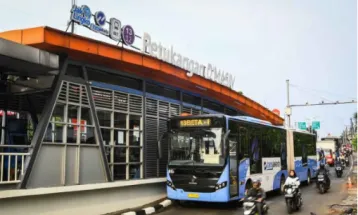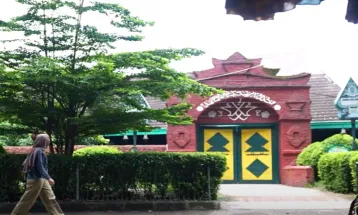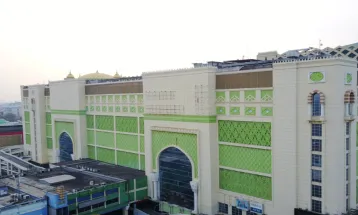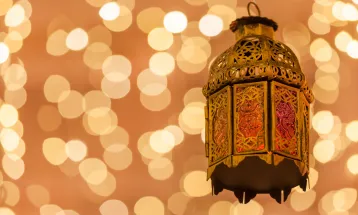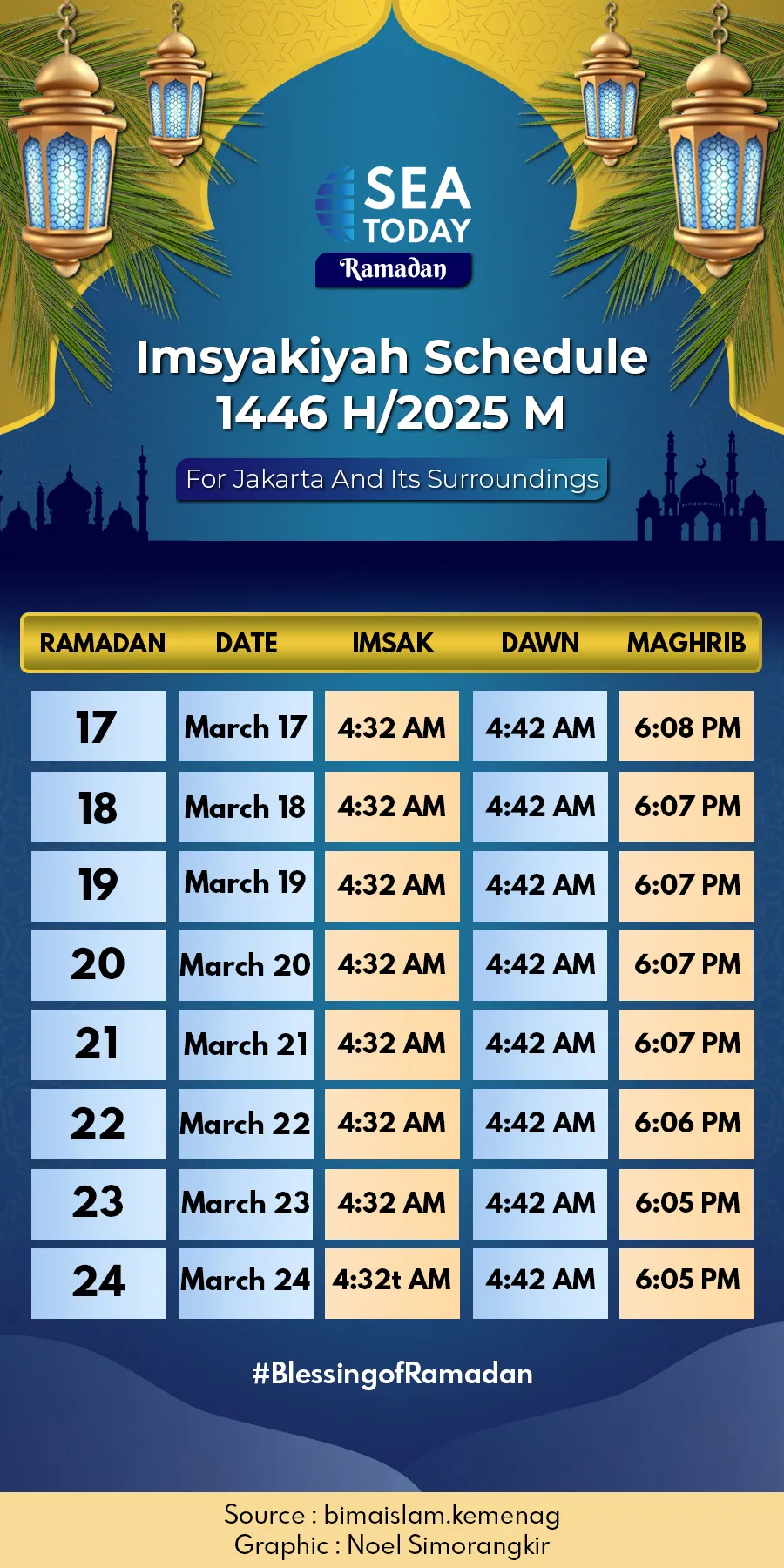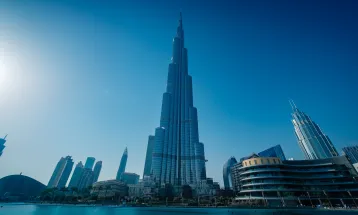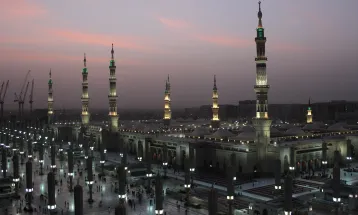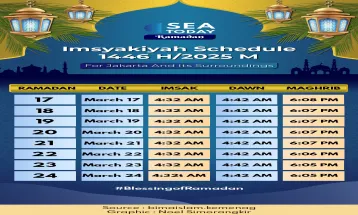SEAToday.com, Medina - Nabawi Mosque located in Medina, Saudi Arabia, was built by the Prophet Muhammad (PBUH) himself in 622 AD, after his hijra from Mecca. As of now, Nabawi mosque has a total area of 165,000 m2, making it the second-largest mosque in the world, only after Masjid al-Haram in Mecca.
Not only that, this mosque also became the location of the final resting place of the Prophet Muhammad (PBUH), along with two of his close aides: Abu Bakr as Siddiq, and Umar bin Kattab. Therefore, visiting the graves of the Prophet Muhammad and his two companions is one of the main purposes for visiting this mosque during Umrah or Hajj pilgrimage.
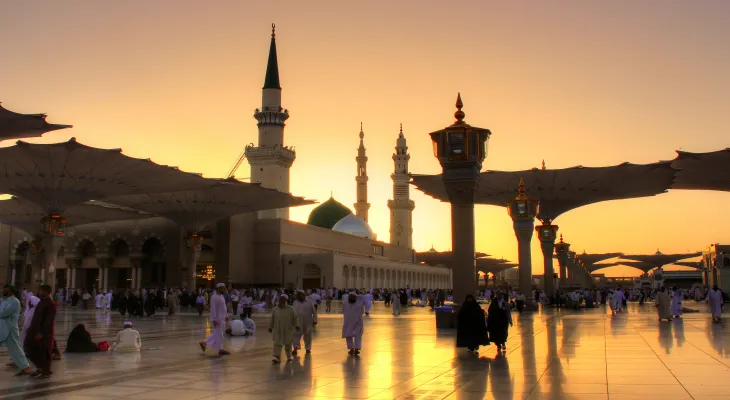
History
This mosque was once built next to the Prophet Muhammad's (PBUH) house. It was a simple, square-shaped building made of mudbricks, with an area of 1,200 m2. Since its construction, apart from being a place of worship, the mosque was also used as a community center, social services, court, and town hall.
Since then, the mosque has gone through various updates and expansions to its current state.
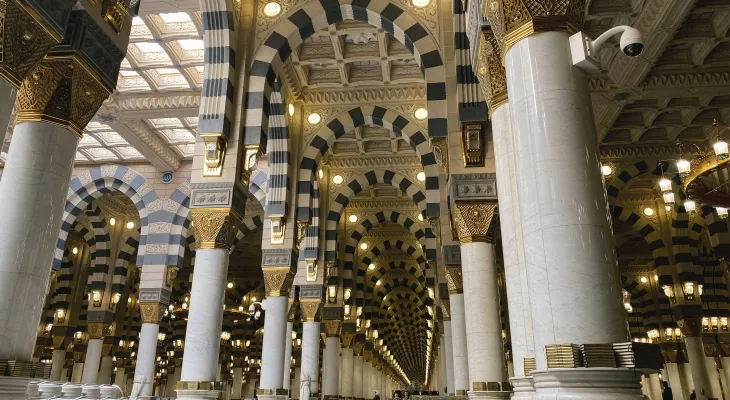
Design
The current design of the mosque is the result of its most recent renovation in the 1990s, incorporating Ottoman period designs mixed with Modern Saudi Arabian designs.
The mosque has two floors, with the Ottoman prayer hall, which is the oldest part of the mosque today, being its main hall. The hall is also equipped with dozens of sliding domes that can be opened to suit the mosque's lighting needs.
The most striking part of the mosque is its single green dome, located in the south-east corner of the mosque. Located directly below the dome are the tombs of the Prophet Muhammad and two of his companions.
The open area around the mosque also has an umbrella-like canopy that opens to protect the worshippers from the sun.
The mosque can accommodate more than two million worshippers when all areas are utilized.
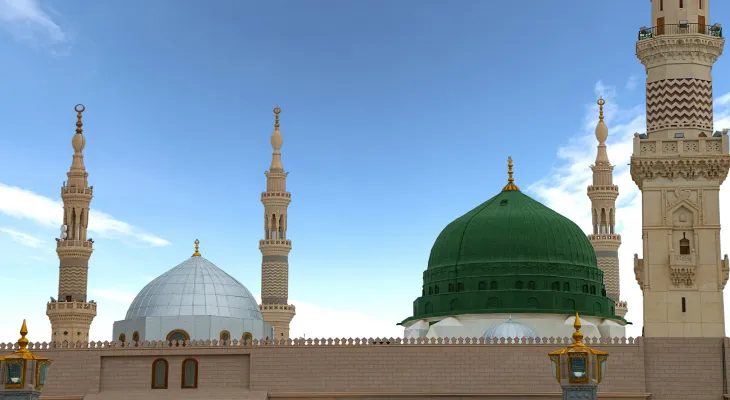
Specialities
The Nabawi Mosque is considered the second most sacred place for Muslims, after the Masjidil Haram in Mecca. One of the reasons is because in a hadith it is mentioned that praying at the Prophet's Mosque is worth a thousand times praying in other mosques (except the Masjidil Haram).
In addition, the feature that is only owned by this mosque is the presence of Raudhah, or the Garden of Heaven. As mentioned in an Al-Bukhari hadith from Abu Huraira, Prophet Muhammad (PBUH) once said, "Between my house and the pulpit is the garden of heaven". This area stretches from the tomb of Prophet Muhammad to the pulpit of the mosque, characterized by its white pillars and distinctive green carpet.
Recommended Article
Ramadan Delights & Updates
Transjakarta Adjusts Services during Eid
President Director of PT Transjakarta Welfizon Yuza confirmed that all Transjakarta buses will begin operations at 09.00 WIB on the first day of Eid al-Fitr.
History of the Great Mosque of Sang Cipta Rasa, Which is Believed...
History of the Great Mosque of Sang Cipta Rasa, Which is Believed to be Built in One Night!
Indonesian Tradition: Buy New Clothes to Celebrate Ied and Tanah...
Indonesian Tradition: Buy New Clothes to Celebrate Ied and Tanah Abang Market is The Favorite Place to Hunt with Affordable Price
Unique Ramadan Traditions from Around the World
Aside from fasting, Ramadan also brings unique traditions held by countries around the world, here are five of them.
Trending
Popular Post
More Than 2000 Travelers Join The Free Eid Homecoming Program Org...
More Than 2000 Travelers Join The Free Eid Homecoming Program Organized by Telkomgroup
Burj Khalifa Residents Have 3 Different Fasting Times!
SEAtizens, did you know that the world's tallest building, Burj Khalifa has three suhoor and iftar times, depending on the height of the floor?
The Story of Nabawi Mosque, The Prophet’s Mosque
Nabawi Mosque located in Medina by the Prophet Muhammad (PBUH) himself in 622 AD. As of now, Nabawi mosque is the second-largest mosque in the world.
Imsakiyah Schedule 1446 H/2025 M
Imsakiyah Schedule 1446 H/2025 M, For Jakarta And its Surroundings. 17 March 2025 until 24 March 2025
Unique Ramadan Traditions from Around the World
Aside from fasting, Ramadan also brings unique traditions held by countries around the world, here are five of them.




